One of the virtues of untethered soft robots is their ability to mechanically adapt to their surroundings and tasks. Now they are poised to become even more agile and controlled.
Tag: soft robots
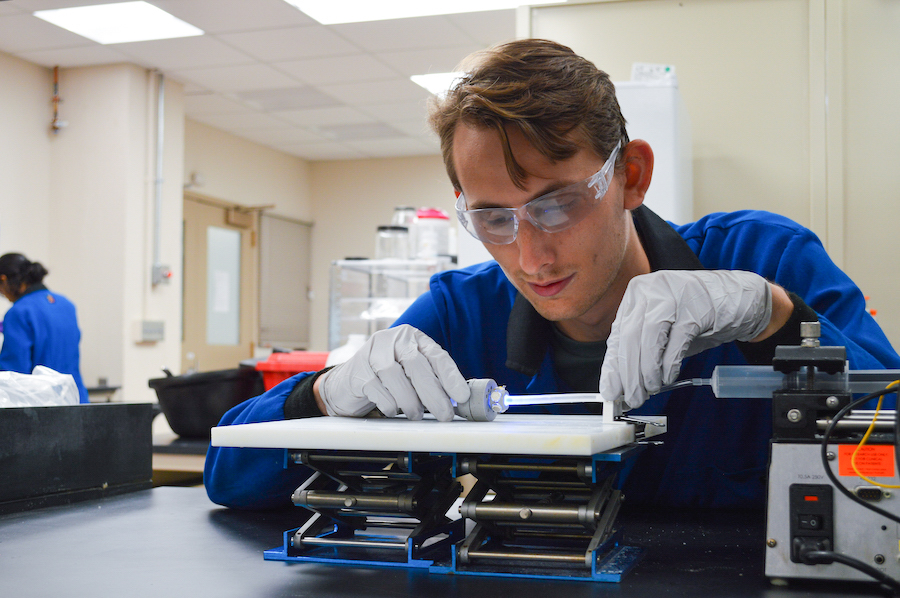
Engineers discover new process for synthetic material growth, enabling soft robots that grow like plants
An interdisciplinary team of University of Minnesota Twin Cities researchers has developed a new, plant-inspired extrusion process that enables synthetic material growth, and the creation of a soft robot that builds its own solid body from liquid to navigate hard-to-reach places and complicated terrain.
Stretching the capacity of flexible energy storage (video)
Researchers in ACS’ Nano Letters report a flexible supercapacitor with electrodes made of wrinkled titanium carbide — a type of MXene nanomaterial — that maintained its ability to store and release electronic charges after repetitive stretching.
High-energy shape memory polymer could someday help robots flex their muscles
Researchers reporting in ACS Central Science have developed a shape memory polymer that stores almost six times more energy than previous versions.
Perspective—A Robotic Actuation System Made of Artificial Cells and Gels
This paper introduces recent research on liposome deformation techniques and 3D hydrogel printing. The photo-responsive molecules and the molecular insertion into lipid bilayers induces liposome deformation. The 3D hydrogel printing enables us to freely fabricate the hydrogel objects. It is…
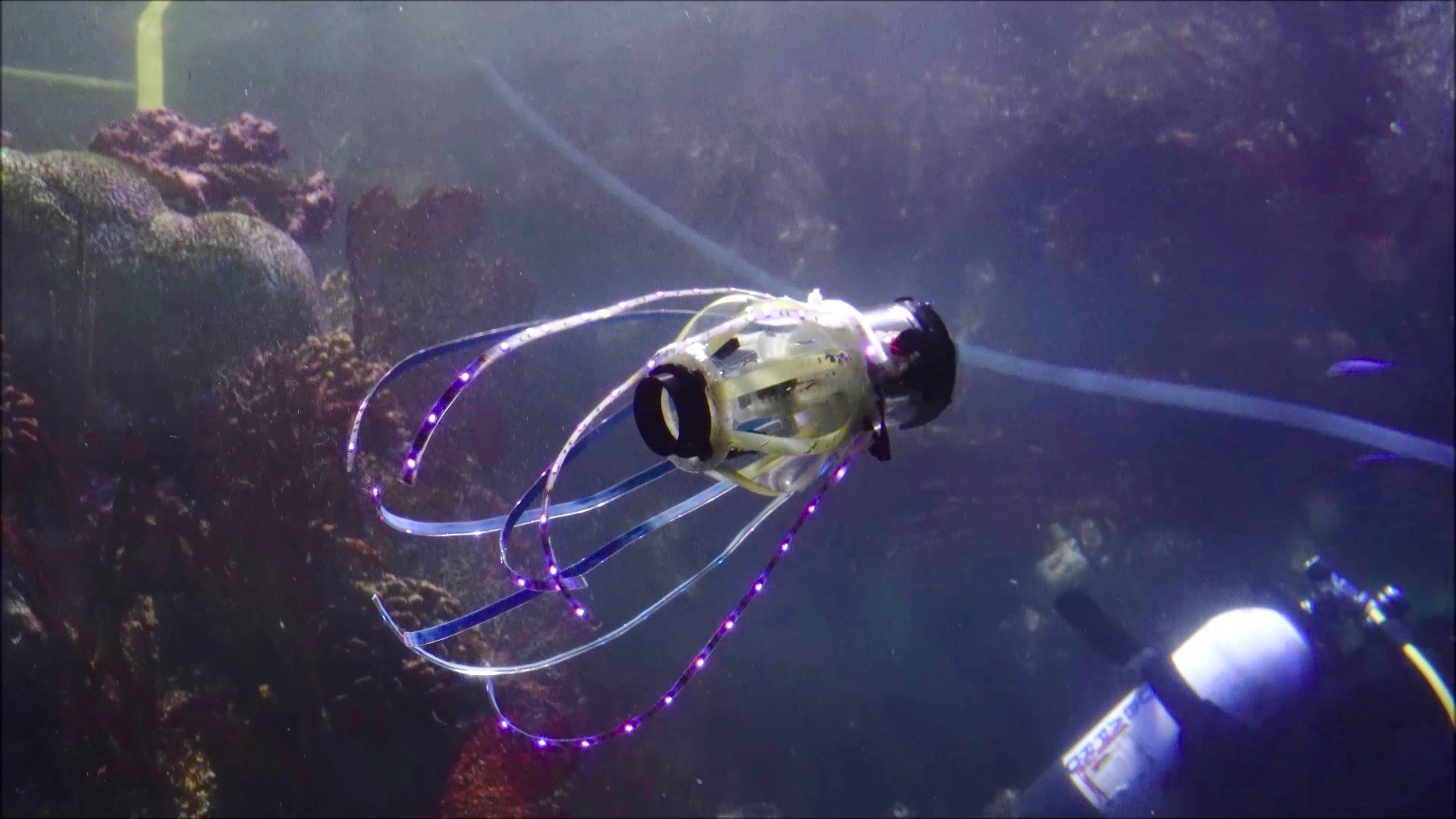
This ‘squidbot’ jets around and takes pics of coral and fish
Engineers at the University of California San Diego have built a squid-like robot that can swim untethered, propelling itself by generating jets of water. The robot carries its own power source inside its body. It can also carry a sensor, such as a camera, for underwater exploration. The researchers detail their work in a recent issue of Bioinspiration and Biomimetics.
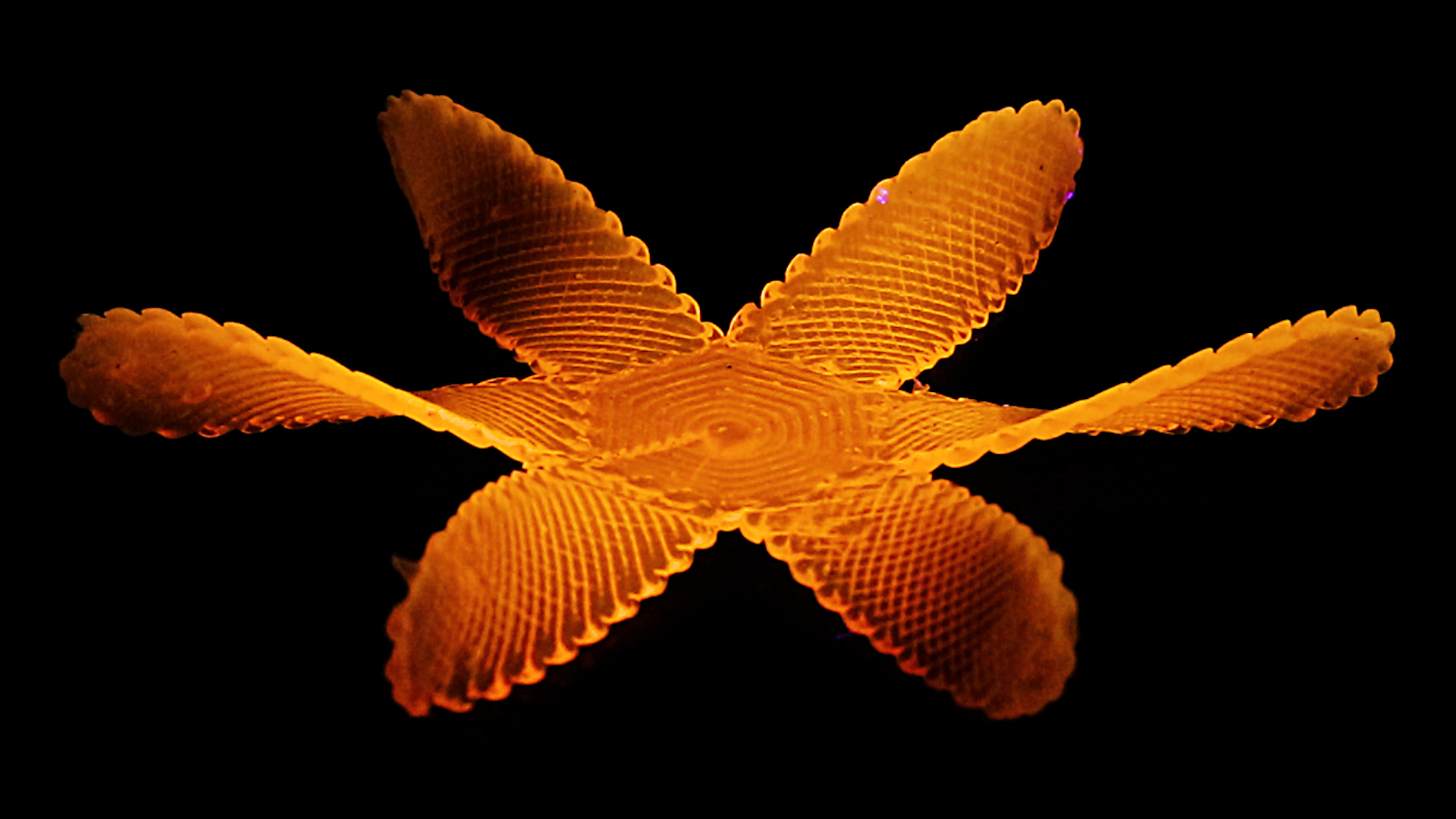
Material scientists learn how to make liquid crystal shape-shift
A new 3D-printing method will make it easier to manufacture and control the shape of soft robots, artificial muscles and wearable devices. By controlling the printing temperature of liquid crystal elastomer, researchers have shown they can control the material’s stiffness and ability to contract.
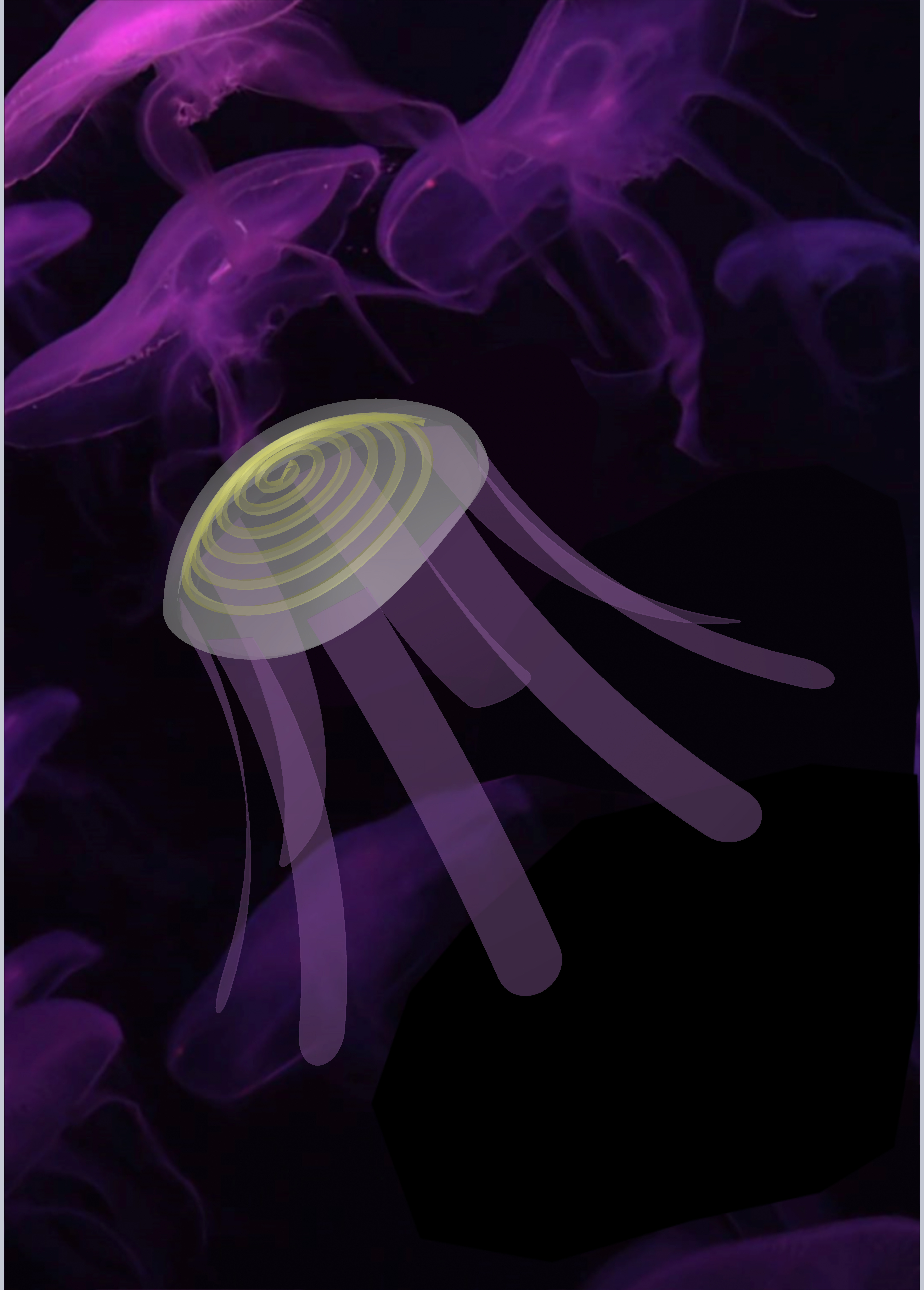
Jellyfish-Inspired Soft Robots Can Outswim Their Natural Counterparts
Engineering researchers have developed soft robots inspired by jellyfish that can outswim their real-life counterparts. More practically, the new jellyfish-bots highlight a technique that uses pre-stressed polymers to make soft robots more powerful.
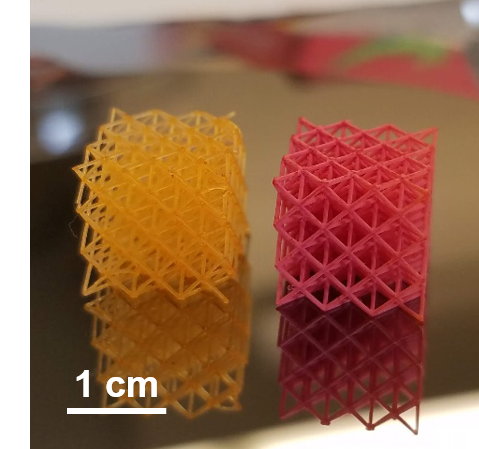
A Great New Way to Paint 3D-Printed Objects
Rutgers engineers have created a highly effective way to paint complex 3D-printed objects, such as lightweight frames for aircraft and biomedical stents, that could save manufacturers time and money and provide new opportunities to create “smart skins” for printed parts. The findings are published in the journal ACS Applied Materials & Interfaces.